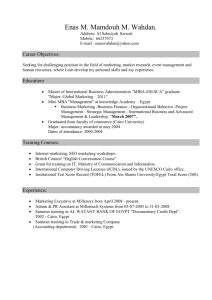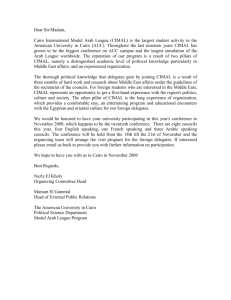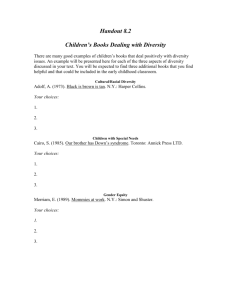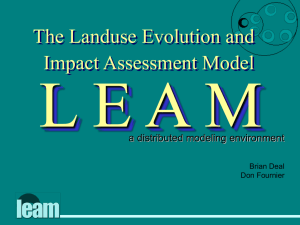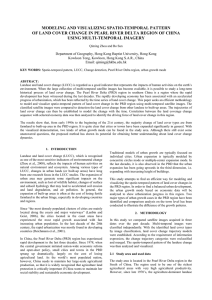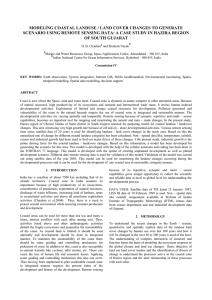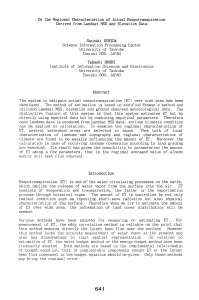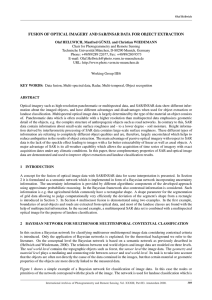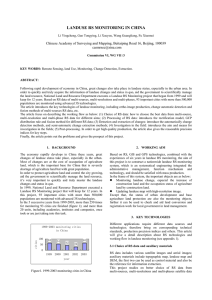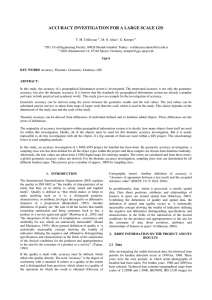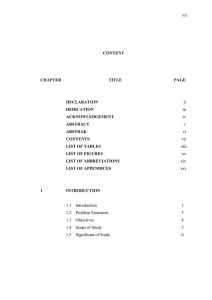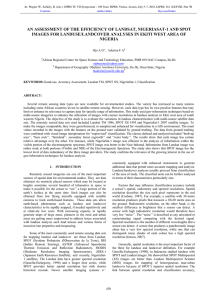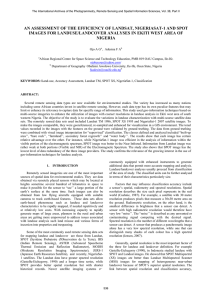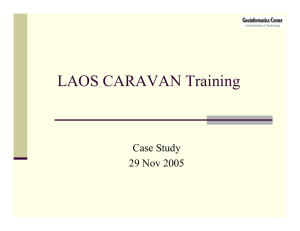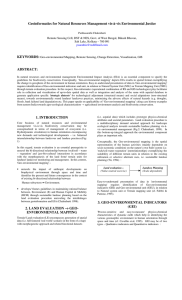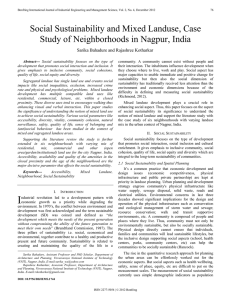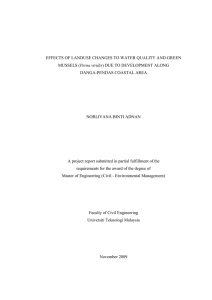MONITORING URBAN AND LANDUSE TRENDS IN THE GREATER CAIRO METROPOLITAN AREA
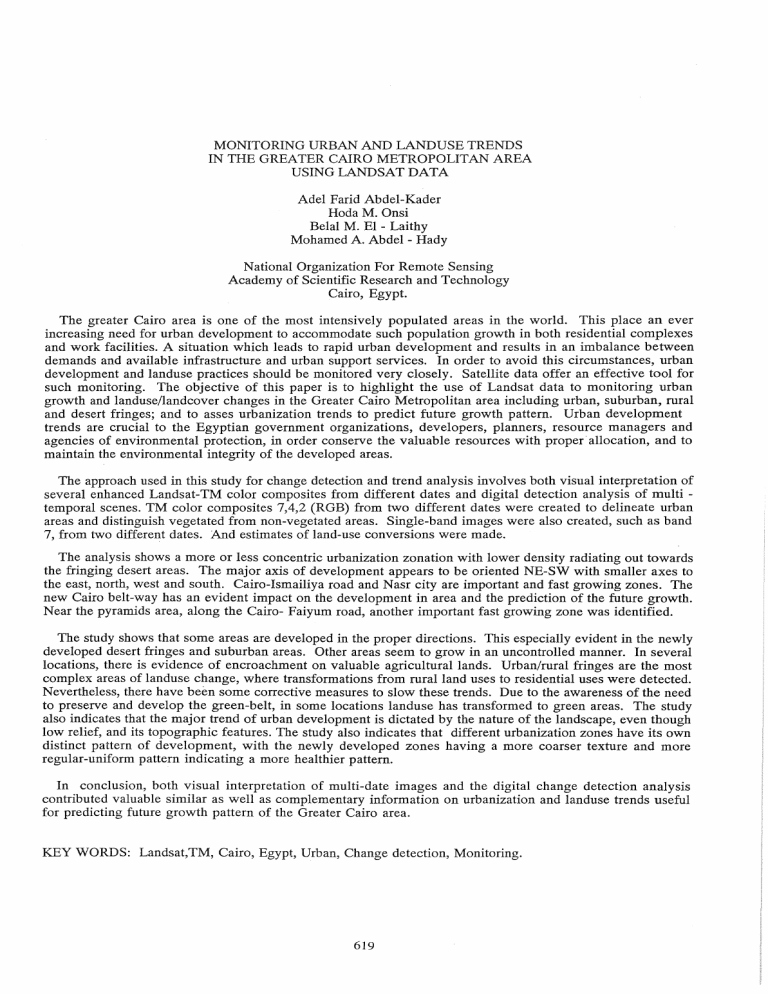
MONITORING URBAN AND LANDUSE TRENDS
IN THE GREATER CAIRO METROPOLITAN AREA
USING LANDSAT DATA
Adel Farid Abdel-Kader
Hoda M. Onsi
Belal M. El - Laithy
Mohamed A. Abdel - Hady
National Organization For Remote Sensing
Academy of Scientific Research and Technology
Cairo, Egypt.
The greater Cairo area is one of the most intensively populated areas in the world. This place an ever increasing need for urban development to accommodate such population growth in both residential complexes and work facilities. A situation which leads to rapid urban development and results in an imbalance between demands and available infrastructure and urban support services. In order to avoid this circumstances, urban development and landuse practices should be monitored very closely. Satellite data offer an effective tool for such monitoring. The objective of this paper is to highlight the use of Landsat data to monitoring urban growth and landuse/landcover changes in the Greater Cairo Metropolitan area including urban, suburban, rural and desert fringes; and to asses urbanization trends to predict future growth pattern. Urban development trends are crucial to the Egyptian government organizations, developers, planners, resource managers and agencies of environmental protection, in order conserve the valuable resources with proper' allocation, and to maintain the environmental integrity of the developed areas.
The approach used in this study for change detection and trend analysis involves both visual interpretation of several enhanced Landsat-TM color composites from different dates and digital detection analysis of multi temporal scenes. TM color composites 7,4,2 (RGB) from two different dates were created to delineate urban areas and distinguish vegetated from non-vegetated areas. Single-band images were also created, such as band
7, from two different dates. And estimates of land-use conversions were made.
The analysis shows a more or less concentric urbanization zonation with lower density radiating out towards the fringing desert areas. The major axis of development appears to be oriented NE-SW with smaller axes to the east, north, west and south. Cairo-Ismailiya road and Nasr city are important and fast growing zones. The new Cairo belt-way has an evident impact on the development in area and the prediction of the future growth.
Near the pyramids area, along the Cairo- Faiyum road, another important fast growing zone was identified.
The study shows that some areas are developed in the proper directions. This especially evident in the newly developed desert fringes and suburban areas. Other areas seem to grow in an uncontrolled manner. In several locations, there is evidence of encroachment on valuable agricultural lands. Urban/rural fringes are the most complex areas of landuse change, where transformations from rural land uses to residential uses were detected.
Nevertheless, there have been some corrective measures to slow these trends. Due to the awareness of the need to preserve and develop the green-belt, in some locations landuse has transformed to green areas. The study also indicates that the major trend of urban development is dictated by the nature of the landscape, even though low relief, and its topographic features. The study also indicates that different urbanization zones have its own distinct pattern of development, with the newly developed zones having a more coarser texture and more regular-uniform pattern indicating a more healthier pattern.
In conclusion, both visual interpretation of multi-date images and the digital change detection analysis contributed valuable similar as well as complementary information on urbanization and landuse trends useful for predicting future growth pattern of the Greater Cairo area.
KEY WORDS: Landsat,TM, Cairo, Egypt, Urban, Change detection, Monitoring.
619

